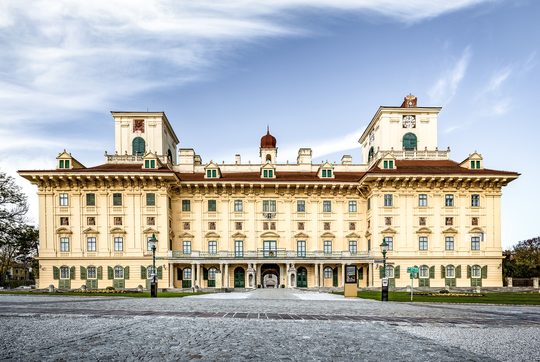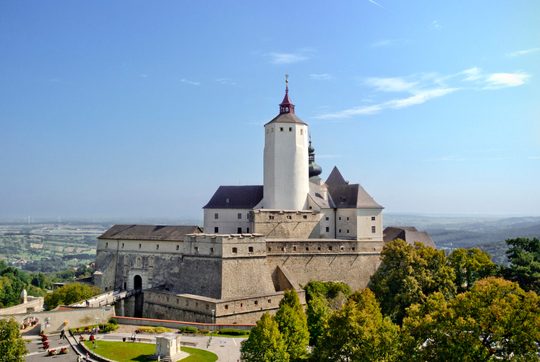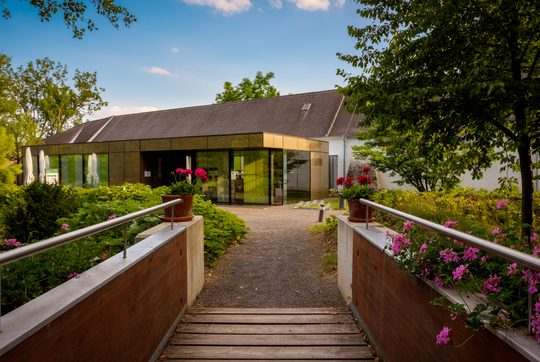Endowment, Divestiture: Difficult Times
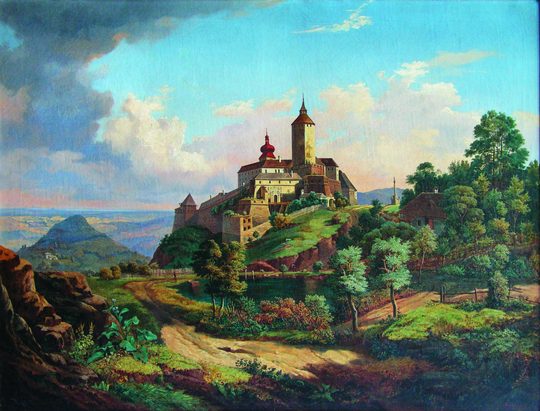
Nikolaus’ successors laboured over the consolidation of the Esterházy assets and in 1864, as an expression of Hungarian national consciousness, endowed the most significant collection of paintings of a Hungarian magnate to the kingdom of Hungary, which was in the midst of a break-up at the time.
The Esterházy gallery was later annexed to the Budapest Museum of Fine Arts (Szépmûvészeti Múzeum) for a one-time payment by the kingdom of Hungary.
The graphical collections also entered into the possession of the Hungarian state in the second half of the 19th century. The sculpture collection was scattered to the four winds.
Valuable family cimelia came up for auction in London.
Added to the family’s difficulties were developments in world history, which after the First World War, with the Treaty of Trianon, was to divide the family’s enormous assets into Austrian and Hungarian parts.
Paul Esterházy V (1901-1989), who at the age of 19 became a hereditary prince in 1920, decided in favour of Hungarian citizenship and was able to consolidate the family’s assets through the end of the Second World War.
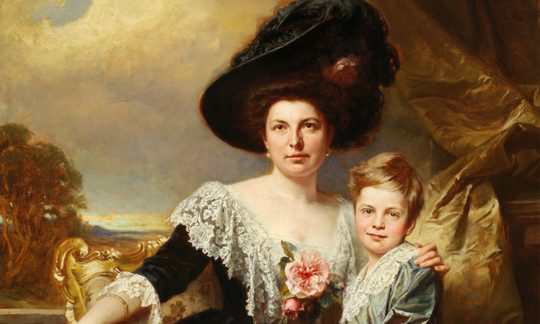
At this time, the treasure chamber at Forchtenstein Castle, largely forgotten since the 18th century, was newly discovered. Numerous of its most valuable items were made public in the Museum of Applied Arts (Iparmuvészeti Múzeum) in Hungary. At the end of World War II, Prince Paul received them back and stored them in his Palais in budapest. But regrettably they sufferd large damages in the disturbances of the political changes after the war. The Hungarian state took over the items and restored everything that could be salvaged. Part of the erstwhile Forchtenstein inventory continued to be kept at the Museum of Applied Arts in Budapest and constitutes highlights of the collections of gold and silver jewellery, Schatzkunst (lit. ‘treasure art’: artworks made of precious materials) and textiles of early modernity.
The coins from the treasure chamber collection are currently located in the Hungarian National Museum in Budapest.
Due to the loss of circa 220,000 acres of Hungarian Esterházy possessions after 1945 as well as the prince’s incarceration for political reasons between 1948 and 1956, the princely collections in Burgenland, which remained part of Austria, experienced difficult times.
Indeed, after 1955 the museum at Forchtenstein Castle was reopened—which had after all been open to the public since 1815—and the Haydnsaal (Haydn Hall) in the Esterházy Palace was again used for concerts. However, hardly any artworks were exhibited and the collection was no longer looked after in a scholarly manner.
The collections’ treasures were locked in depots during the consolidation of the princely assets after World War II. The collections and museums of the Esterházy princes finally sank into oblivion.

